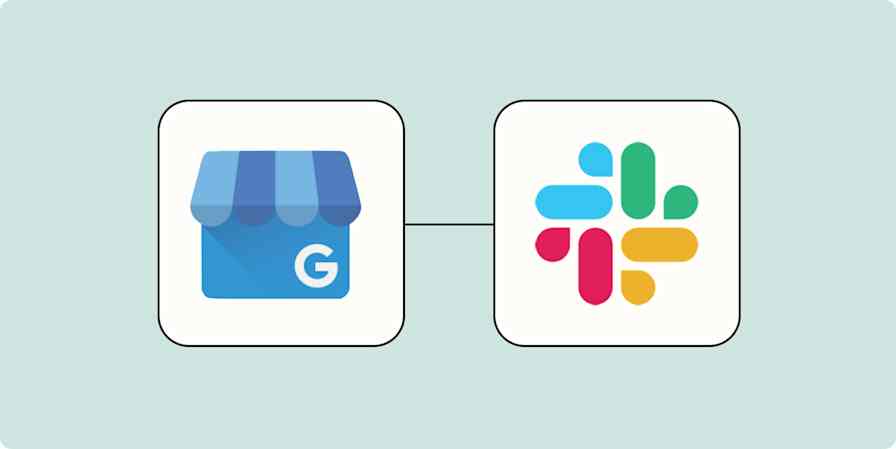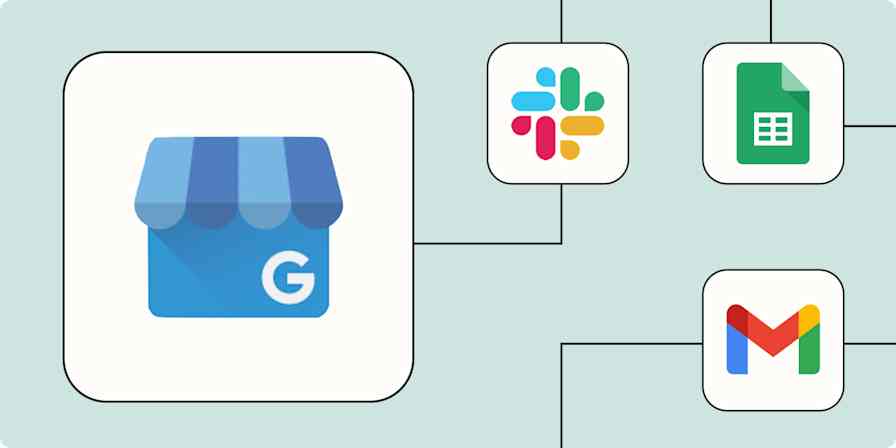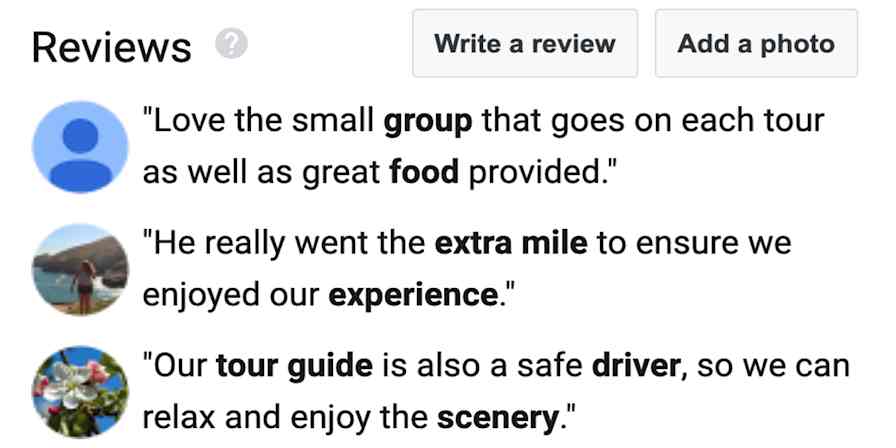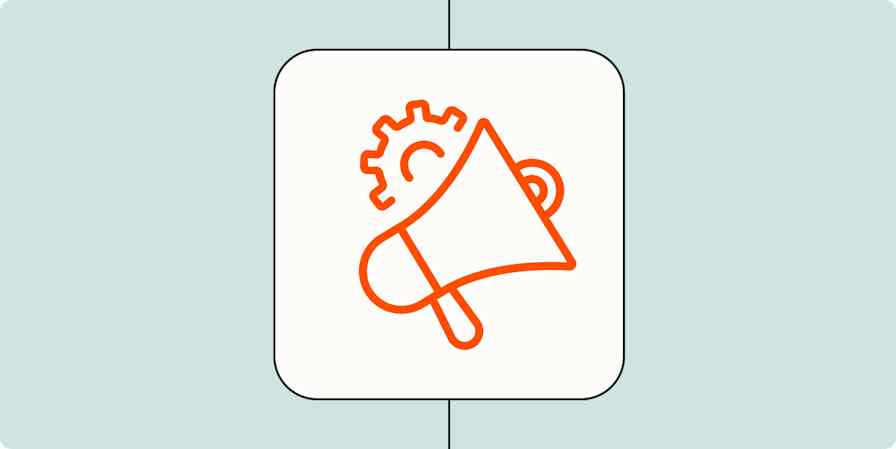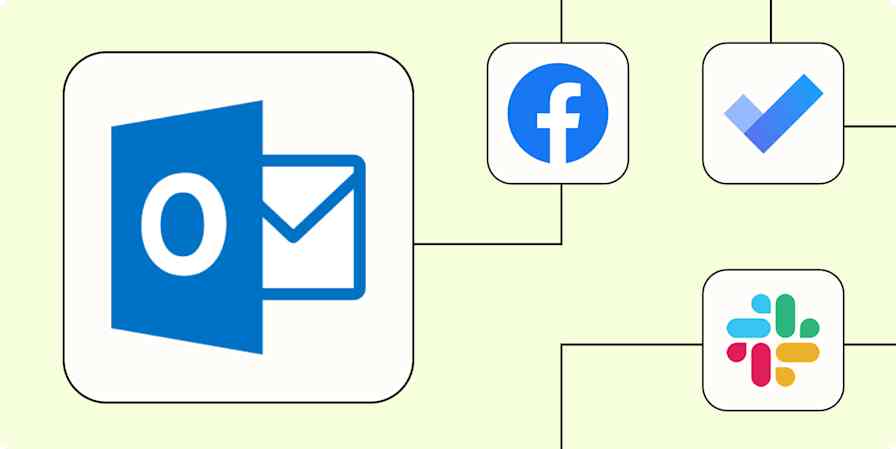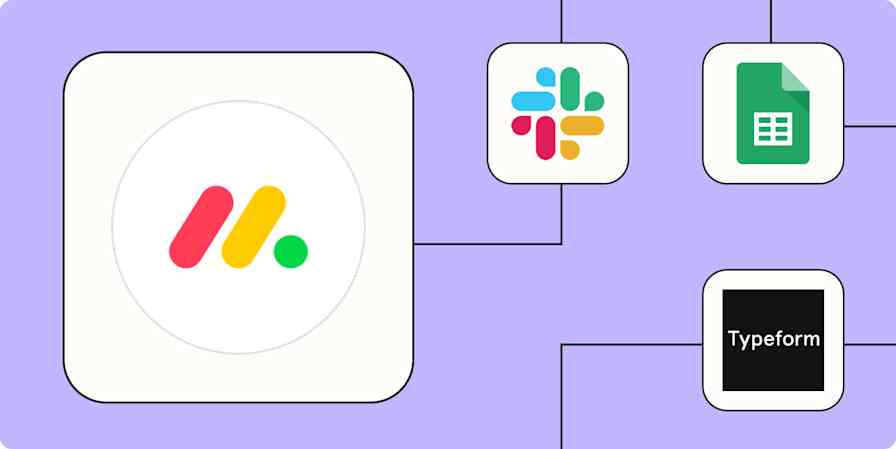Customer reviews are important: In fact, 75% of consumers say they always read online reviews. And how you react to those reviews is just as important—88% of consumers are highly likely to use a business that responds to their reviews.
Reviews are essential for providing the social proof your potential customers need to make a purchase. But soliciting, responding to, and tracking all this feedback can take a lot of time and manual work, especially as your business scales.
That's where Zapier comes in. Zapier connects user review tools and websites with the rest of your tech stack. These workflows—called Zaps—can automate huge chunks of the user review process, letting you get more reviews with less effort.
New to Zapier? It's workflow automation software that lets you focus on what matters. Combine user interfaces, data tables, and logic with thousands of apps to build and automate anything you can imagine. Contact sales for more info on how to use this app, and thousands more, with Zapier.
Table of contents
To get started with a Zap template—what we call our pre-made workflows—just click on the button. It only takes a few minutes to set up. You can read more about setting up Zaps here.
Automatically invite users to leave reviews
One of the best times to get user reviews is right after your customer's last interaction with you. If you'd like to know how buyers felt shopping on your online store, for example, you’ll want to get reviews right after they complete their order or pay.
These Zaps automatically invite users to leave a review after placing an order.
Create Trustpilot invitations from new WooCommerce orders
Create Birdeye customers from new WooCommerce orders
Create new Grade.us recipients from new WooCommerce orders
Create Trustpilot invitations from new Shopify orders
It's tempting to focus on what new customers think and feel. After all, making new sales is an important part of your business growth.
But it's just as important—if not more important—to check in with your existing customers. To increase retention, make sure you respond—and respond well—whenever your customers reach out to you for support or with questions. To see if you gave them what they needed, use these Zaps to invite reviews from forms, surveys, and support tickets.
Create Trustpilot review invitations from Typeform entries
Send Trustpilot review invitations to Enalyzer respondents
Send Trustpilot review invitations to contacts from Zendesk tickets
Respond to reviews faster
Businesses depend on feedback. But that doesn’t mean you should spend all day refreshing your page on G2 Crowd or Google Business Profile.
Instead, you can use one of these Zaps to notify your team about new reviews instantly in team chat, in email apps like Slack and Gmail, or via SMS. That way, your team can respond quickly without wasting time watching for incoming reviews.
Send new SMS messages with Google My Business reviews
Send Microsoft Teams channel messages for new Google My Business reviews
Send new Gmail emails with Google My Business review submissions
Message a Slack channel when specific organizations visit your G2 Crowd listing
If you want to respond instantly, you can also let AI do the heavy lifting for you. This Zap will generate a response to customer reviews with ChatGPT, then reply automatically:
Learn more: Follow our step-by-step guide to automatically responding to Google Business Profile reviews with ChatGPT.
Track user reviews automatically
Not every business needs this kind of instant feedback. If you're more interested in how reviews change over time, these Zaps automatically track new reviews in Google Sheets.
Create new rows in Google Sheets from Google My Business reviews
Create tasks from reviews
The more you monitor and track your reviews, the more you’ll find feedback worth acting on. If you want to build a reputation for being a responsive business, use these Zaps to automatically create tasks in your project management tool as new reviews get posted.
Create new Trello cards from Google My Business reviews
Create Todoist tasks from new Google My Business reviews
Create Productboard notes for new G2 Crowd reviews
Track brand mentions across social media
A lot of your best feedback won't even happen on review sites.
With Mention, you can monitor keywords related to your brand across the Internet. Once you add these Zaps, you can automatically send these notifications to tools like Slack and Gmail.
Send Slack channel messages for new mentions in Mention
Harness your user reviews to grow your business
Social proof makes your business stand out. People rely on honest opinions, especially when they're on the fence about making a purchase. Don't leave them without guidance.
With automation, you can encourage more user reviews and track them across different sites and tools. Your current users will have the chance to shape the growth of your business, and your future users will have all the testimonies they need.
Related reading:
This article was originally published in June 2020. It was most recently updated in July 2024.

